
22 Mar 1896

Aquarium
Different species of fish and frogs, inside an aquarium.
Time Stood Still is a 1956 Warner Brothers Scope Gem travelogue, filmed the previous year in Dinkelsbühl, and presented in the wide-screen format of CinemaScope, directed by André de la Varre. It was nominated for an Academy Award for Best Live Action Short Film at the 29th Academy Awards.
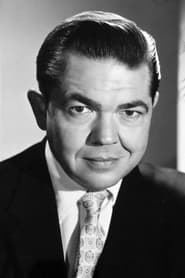
Narrator

22 Mar 1896

Different species of fish and frogs, inside an aquarium.
29 Oct 1900
Marquesas in their sedan chairs.

08 Nov 1896

Lyon, Men rescue rabbits from flood.
06 Mar 1897
A crowd of spectators listen to President William McKinley's speech during his inauguration ceremony outside the U.S. Capitol in Washington, D.C.
04 Mar 1900
People gather at the exit of the St. Trophime cathedral in Arles.
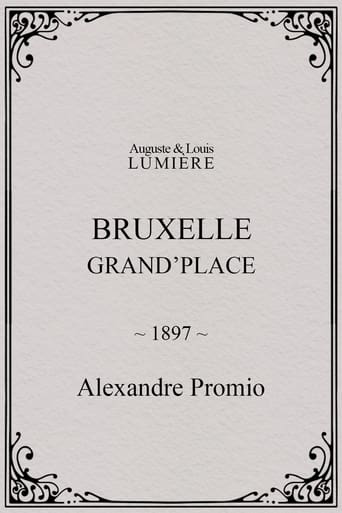
13 Jul 1897

The main market square in the heart of Brussels.
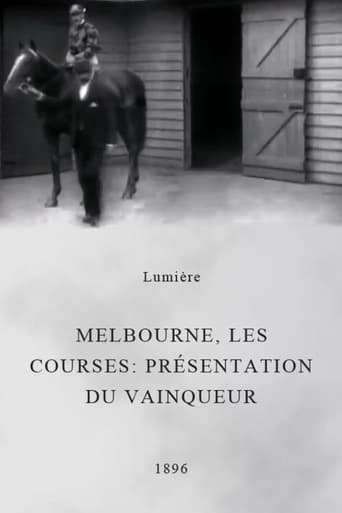
03 Nov 1896

Coach W. Hickenbotham takes "Newhaven" out of his box and places the horse at the center of the paddock. Gardiner, the jockey, saddles up the horse, rides it and begins to spin, slowly.
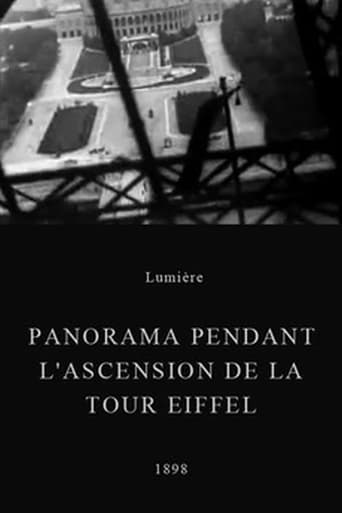
27 Nov 1898

Panorama during the ascent of the Eiffel Tower.
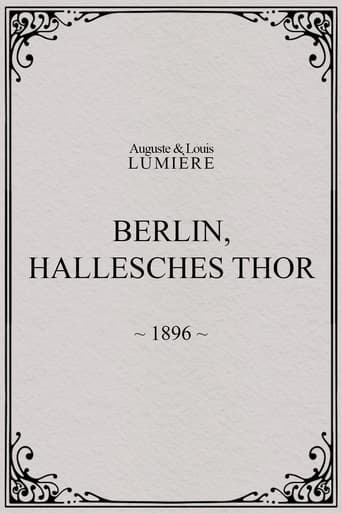
06 Sep 1896

A street scene in Berlin near Hallesches Tor.
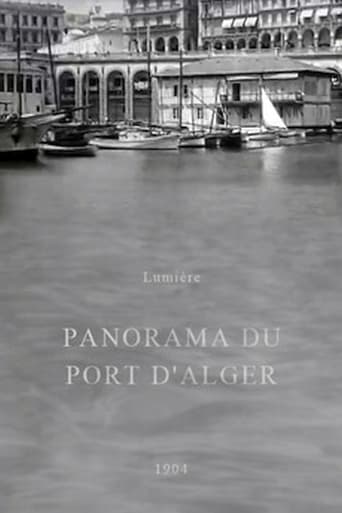
01 Apr 1903

Panorama of the port of Algiers.
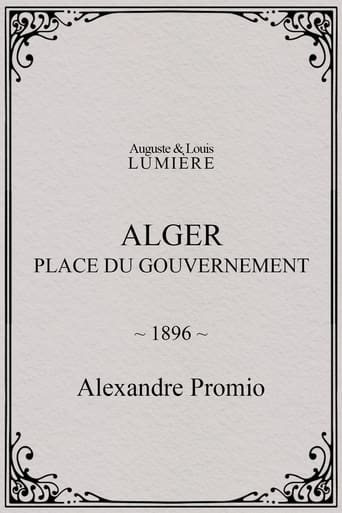
18 Dec 1896

A street scene with a government building in the background.
29 Oct 1897
Carrara, Italy. A train loaded with marble exits a tunnel.
28 Sep 1896
A small boat is approaching waterfalls, shrouded in thick fog, in Neuhausen am Rheinfall, Switzerland.
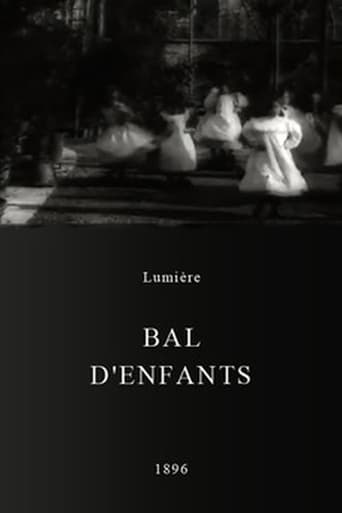
29 Oct 1896

A group of ten infant girls are on a playground. They are in pairs, matched in height. They are doing an organised dance. Each pair twirls simultaneously, while all five pairs rotate in a circular sequence. They often stop their circular rotation so that each pair can perform the same manoeuvre as the other four simultaneously.

19 Apr 1897

Descent of the Great Pyramid.
02 Apr 2001
No overview found
04 Sep 1936
A 1936 documentary film about the London to Portsmouth railway. A lesser known contemporary of Night Mail, also featuring the music of Benjamin Britten and poetry of W.H. Auden.

01 Jan 1980

Warsaw's Central Railway Station. 'Someone has fallen asleep, someone's waiting for somebody else. Maybe they'll come, maybe they won't. The film is about people looking for something.
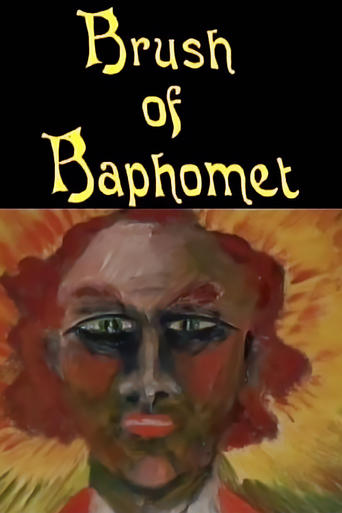
19 Mar 2009

A look at the artwork of Aleister Crowley.
08 Aug 1900
Consisting of a single shot, Spiders on a Web is one of the earliest British examples of close-up natural history photography. Made by one of the pioneers of the British film industry, G.A. Smith, this short film details spiders trapped in an enclosure, and despite the title, does not actually feature a web.